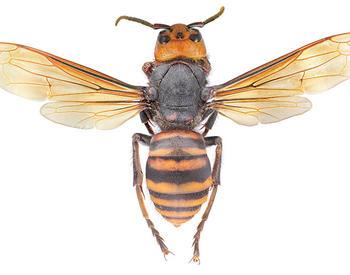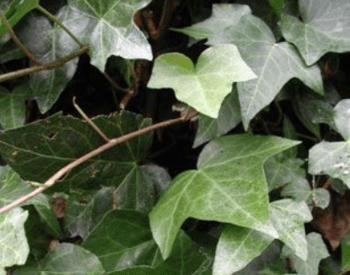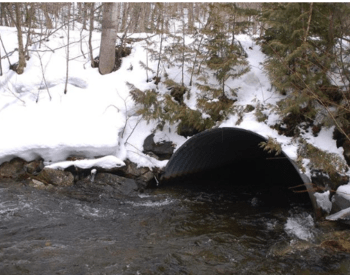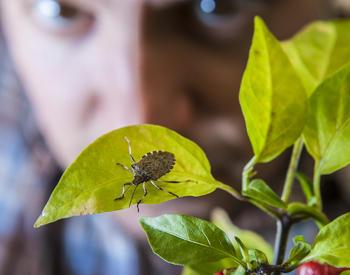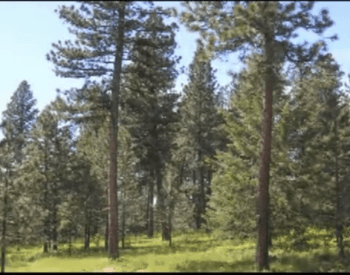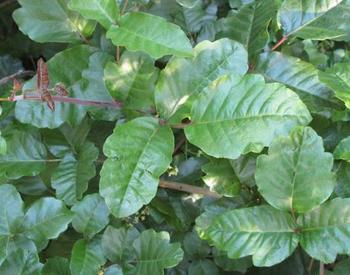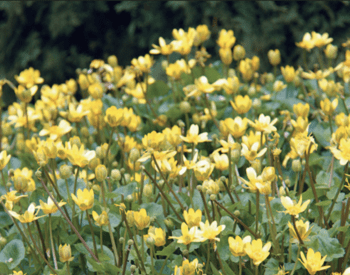How can I kill ivy? I have tried pulling it but it re-sprouts. It is well established and everywhere. Is glyphosate effective and/or safe?
Using herbicides for ivy removal
Herbicides that contain the active ingredients triclopyr and glyphosate effectively kill ivy when used according to label directions. This requires several years of effort and monitoring.
If you mow the ivy first and let it regrow for several months, the re-growth is less waxy and the herbicides penetrate better. You can also cut the ivy down and spot-treat the stumps to reduce the amount of chemicals used.
Manual ivy removal
If you're committed to avoiding chemicals in your ivy removal, lots and lots of hand pulling is the main option. Here are some tips:
- If you are starting in on a big ivy removal project, first create ivy-free circles around the bases of trees to protect them from being overgrown and toppled by a heavy growth of ivy.
- Prioritize removing ivy that is flowering or fruiting, and keeping the ivy contained in the area where you first found it.
- Do not mulch or try to compost the ivy you remove, but bag it and dispose of it in the trash to avoid resprouting of ivy from fragments.
- After clearing an area, keep checking for new sprouts and pulling them out over time to ensure the ivy doesn't reclaim the ground you have gained.
More details about English Ivy are available in the PNW Weed Handbook. Of course, always follow directions and precautions on the label.
Good luck!
Use pesticides safely!
- Wear protective clothing and safety devices as recommended on the label. Bathe or shower after each use.
- Read the pesticide label—even if you’ve used the pesticide before. Follow closely the instructions on the label (and any other directions you have).
- Be cautious when you apply pesticides. Know your legal responsibility as a pesticide applicator. You may be liable for injury or damage resulting from pesticide use.


